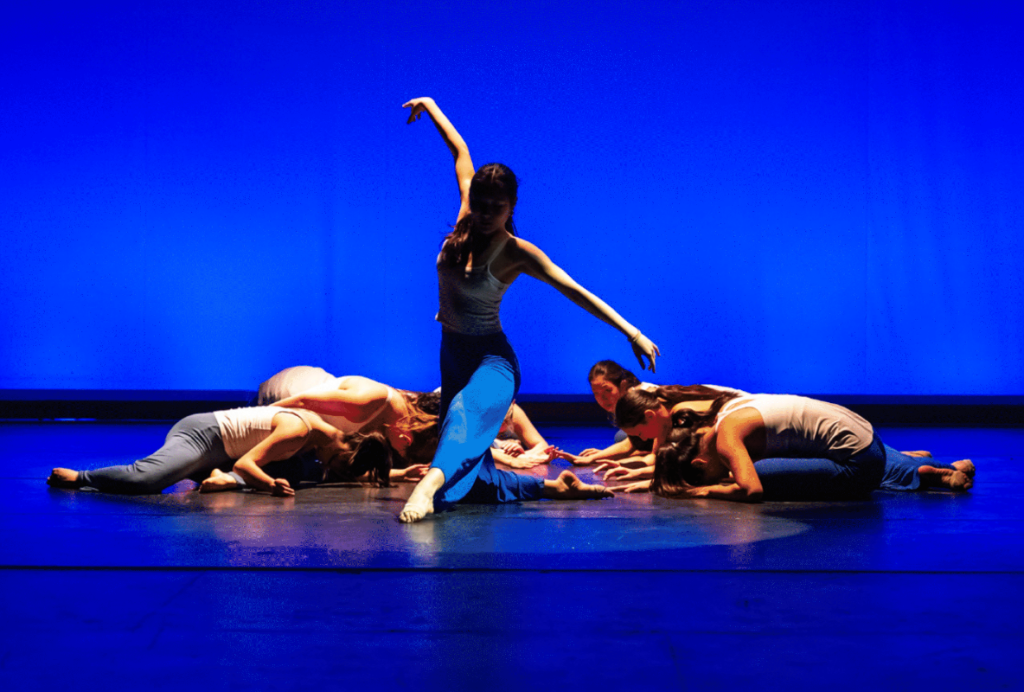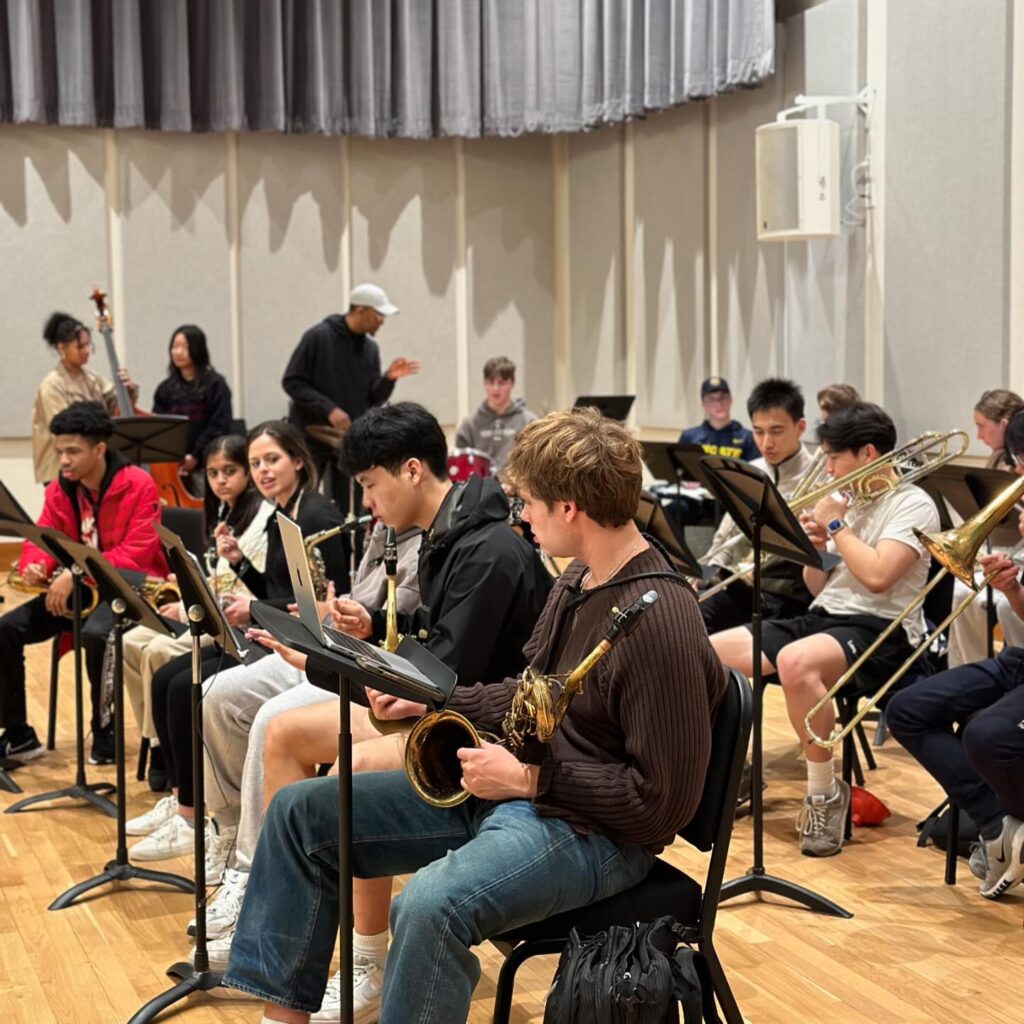A couple months ago, I took on the somewhat daunting task of trying to create blackout poetry out of Choate-related texts that seemed forgotten or “boring.” From scouring the student handbook to reading old letters from former headmistress Caroline Rutz-Rees, I hoped to excavate unexpected beauty from the mundane, to unlock the gold mine hidden under the dense lines of text.
The joy was in searching. I remember touching the frail cover page of a News issue from 1969: if my finger applied slightly too much pressure as it scanned across the surface of the paper, the sheet would crumble before my eyes. Through interacting with these artifacts and adding my own twists, I felt like I was speaking to the legacy of all former Choate students and faculty. Through their words and mine, we exchanged conversations that extended far beyond the boundaries of time and space.
One of the key lessons that I can extract from my “conversations” with the past is a reminder of how much has stayed constant in our world. The debates over marijuana and gun control were as controversial then as they are now, as I saw in old opinions pages of The Choate News. Also, teenagers’ grappling with existence and identity is as relevant today as it was in an earlier age, even without the omnipresence of technology. Learning how much humans have both progressed and remained the same was a revelation to me.
But perhaps the biggest lesson I took away from the hours spent scribbling on paper and trying out new arrangements of words was how much beauty is hiding in plain sight. My poems always took me ages to figure out, but once a poem reached its destination, the answer seemed always so apparent, like it was there the whole time. It is only through the tender act of undisturbed observation that one can truly engage with a text. It takes patience to find the right arrangement of words or the right material out of the thousands of magazines, fliers, and newspapers stored in the treasure chest of the Archives.
I soon learned that this concept could also be applied to people. What might appear to be a bland text may actually be filled with interesting, unexpected phrases or words, just like what appears to be a withdrawn person may actually be a person full of energy and enthusiasm. All it takes is someone to engage with the person to fully extract the nuggets of hidden gold behind a person’s facade.
The things we create will always outlive us. Working in the 1890s, the first creators of Choate’s oldest publication, The Question Mark, have moved on from their earthly existence. But it is the legacy of their work that remains to touch souls and to remind future generations of their roots. To me, the notion of leaving some sort of legacy is incredibly humbling and exhilarating. As artists, the act of creating is our initiation into this vast legacy larger than the sum of our lives: in making art, we are sworn into a history of human creation that will continue to ignite the sparks of generations to come. I can only hope that fifty years down the road some as yet unborn student will wander to the Archives and find this obscure column. And maybe these words, fading and veiled by the dust of time, will inspire them to create.



